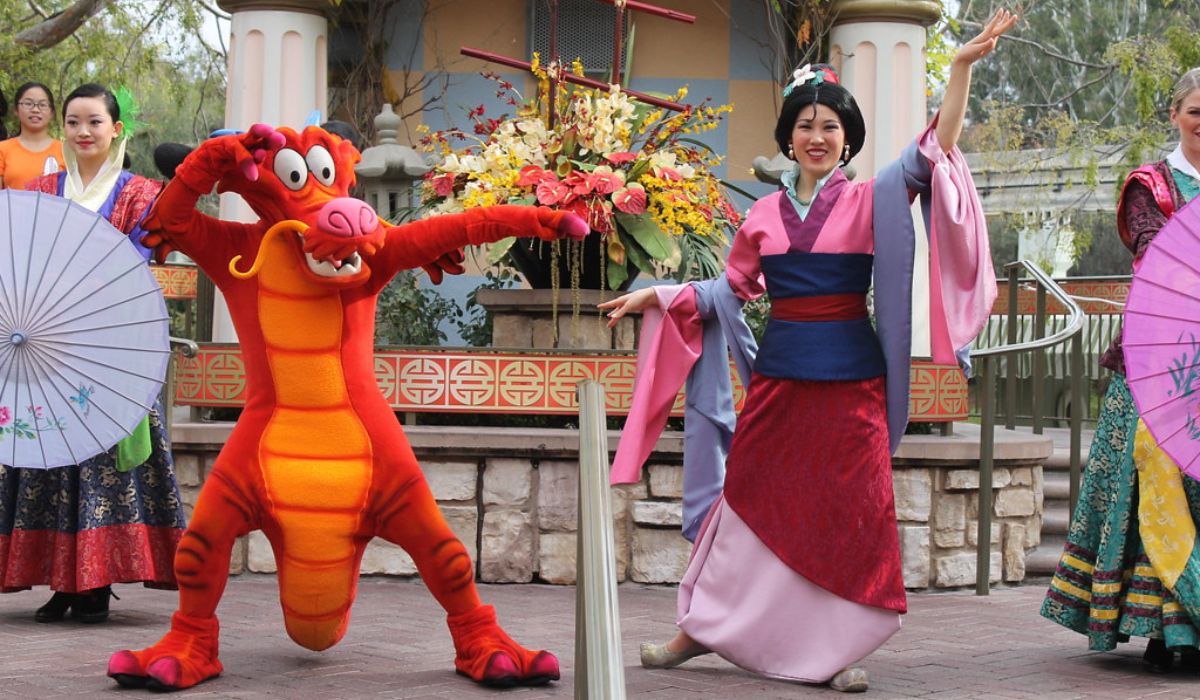The year begins with celebrations around the world, and two terms that are often interchanged are “Lunar New Year” and “Chinese New Year.”
For beginners, the difference between the two may seem unclear, but fear not! In this guide, we’ll delve deeper into the essence of these celebrations, exploring the shared cultural roots and unique characteristics that set them apart.
Explore the fascinating world of Lunar New Year vs Chinese New Year. Uncover the differences, discover shared traditions, and embrace the cultural tapestry that unites these global celebrations in this beginners guide.
Lunar New Year vs. Chinese New Year Unveiled
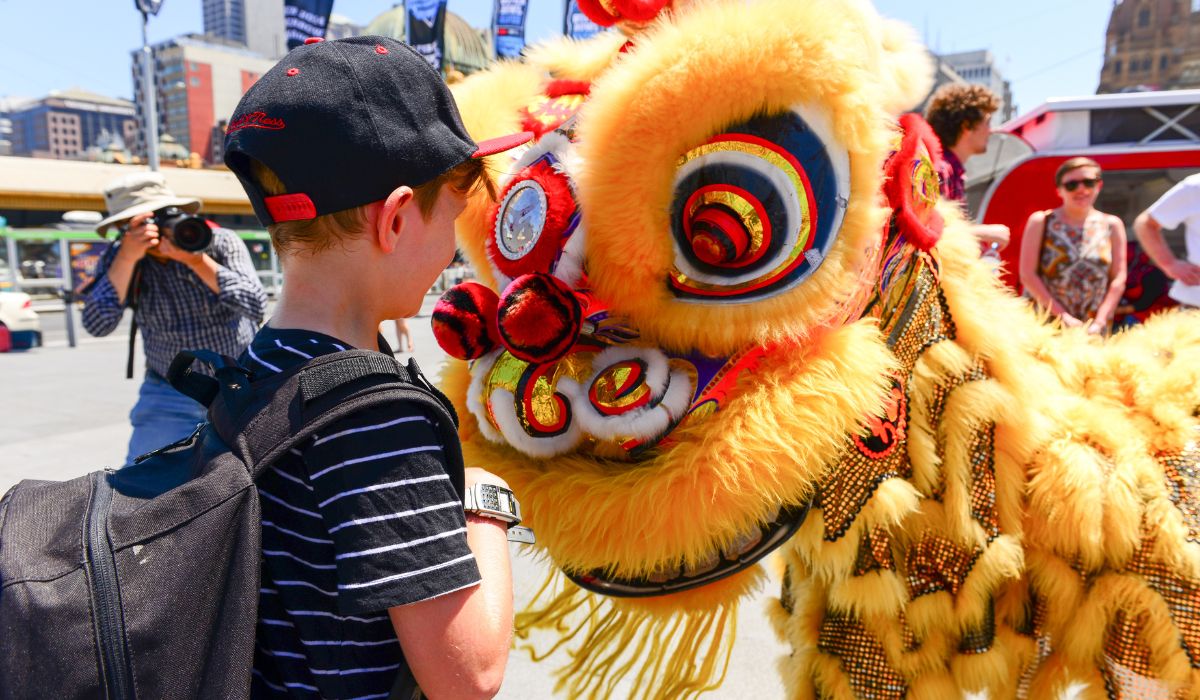
Lunar New Year – A Universal Celebration
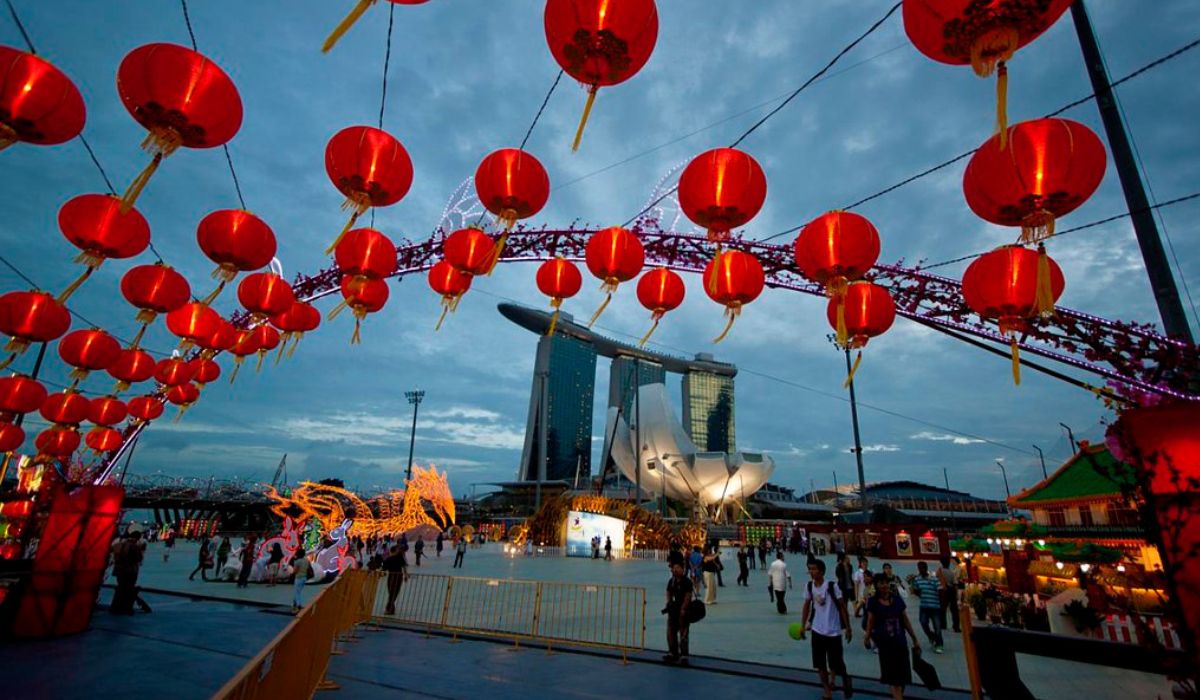
Lunar New Year stands as a vibrant celebration included in the lunar calendar, marking the beginning of a new lunar cycle.
Its jubilation extends beyond China, resonating across various Asian countries, weaving a divine story associated with the rhythmic cycles of the moon.
This global celebration crosses cultural boundaries, uniting communities in a collective sense of anticipation of new beginnings.
Whether in bustling cities or quiet villages, the Lunar New Year fosters a shared sense of excitement, fostering connections beyond geographic and cultural distances.
Embracing the cosmic dance of the moon, this universal celebration symbolizes not only the passing of time but also the harmonious convergence of traditions, fostering a global tapestry woven from the threads of hope, happiness and renewal.
Chinese New Year – A Cultural Extravaganza
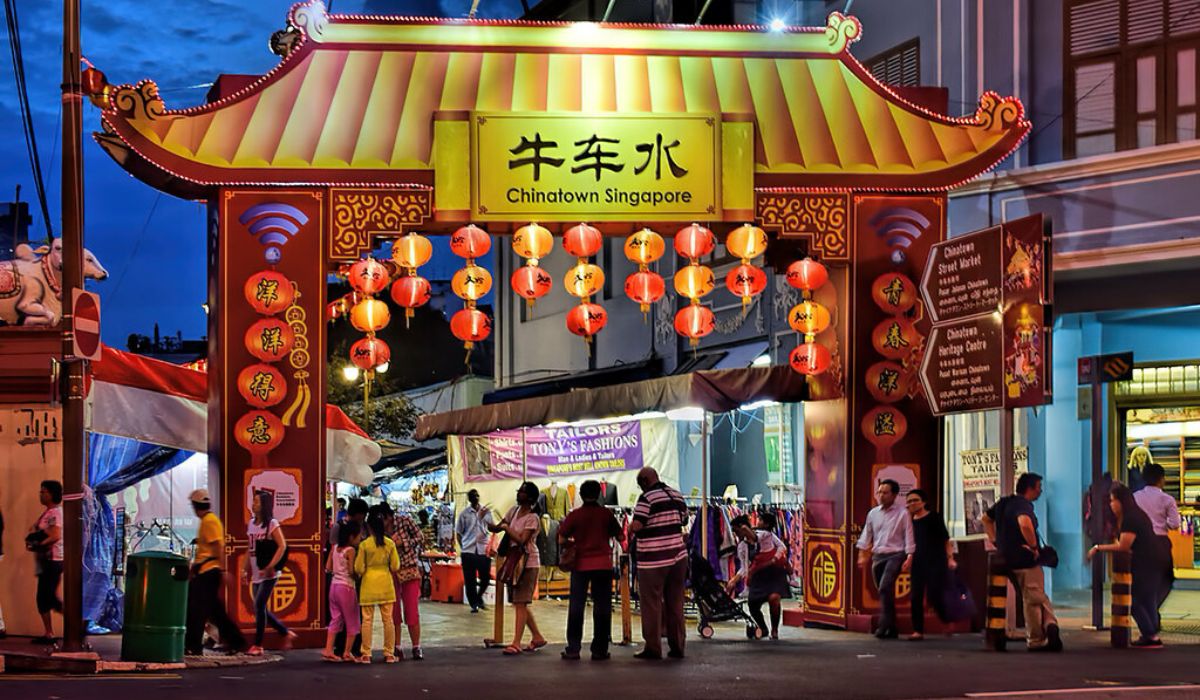
Chinese New Year, commonly known as the Spring Festival, is celebrated with enthusiasm that extends beyond China’s borders.
This joyous occasion includes vibrant parades, enchanting dragon dance and the delightful taste of mouth-watering dumplings.
Families come together to pay homage to their cultural roots, exchanging vibrant red envelopes that symbolize good fortune and abundance.
This celebration of festivals transcends national boundaries, captivating hearts with its vibrant traditions.
As colorful processions move through the streets, the air echoes with the beat of drums and the spectacle of intricately decorated dragons.
Savvy marketers can take advantage of the universal appeal of Chinese New Year content to engage diverse audiences, fostering a sense of shared celebration and cultural appreciation.
Incorporating these vibrant elements into your content strategy ensures a dynamic and engaging approach that resonates with both the festive spirit and search engine algorithms.
Embrace the prosperity of Chinese New Year, infusing your content with its cultural vibrancy to captivate audiences and elevate your SEO game.
Is Lunar Year and Chinese New Year the Same?
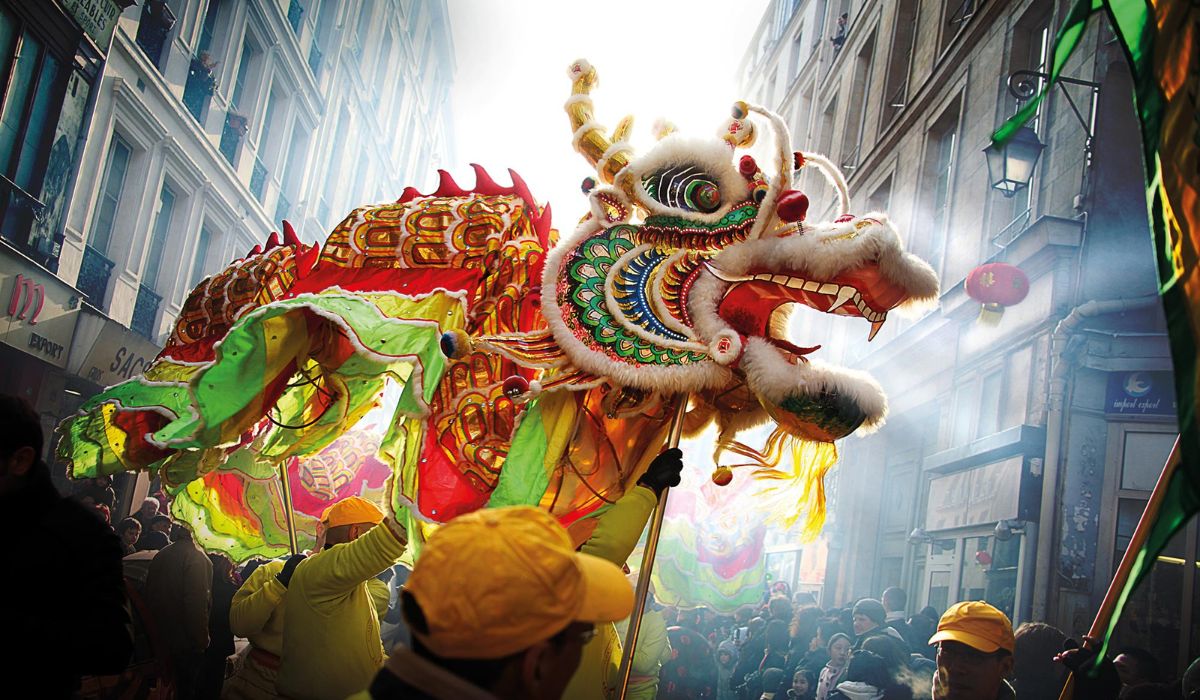
The usual question comes up: What differentiates the Lunar New Year from the Chinese New Year? Essentially, Lunar New Year is a broad term encompassing celebrations in various cultures corresponding to the lunar calendar.
In contrast, Chinese New Year marks revelry, especially within the Chinese cultural sphere.
So, although every Chinese New Year celebration falls into the vast Lunar New Year category, not all Lunar New Year celebrations are Chinese in origin.
Clearing this gap ensures a nuanced understanding of the cultural tapestry woven into these vibrant annual celebrations.
Common Threads – Tradition and Symbolism
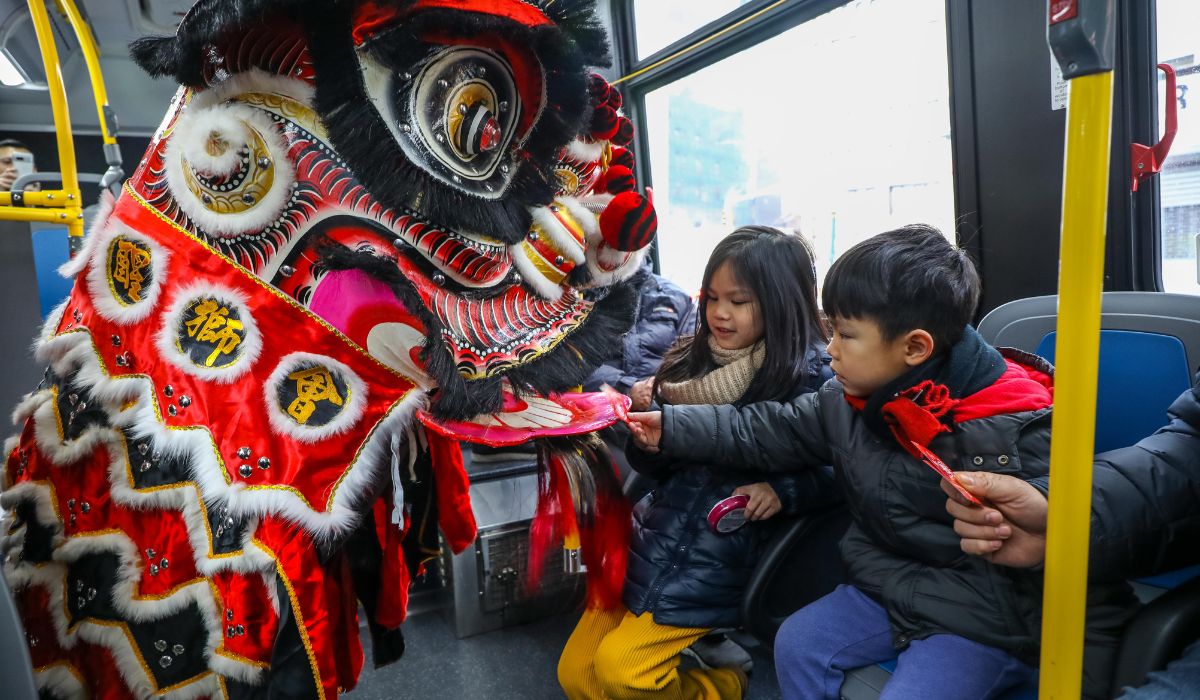
Whether it’s the vibrant Lunar New Year or the joyous Chinese New Year, timeless traditions and symbols endure.
The ubiquitous presence of red, a symbol of good luck, creates an auspicious environment. The inclusion of gold, synonymous with wealth, adds a touch of luxury to festive decorations.
Additionally, each year is associated with an animal sign in the Chinese zodiac, which incorporates specific personality traits and characteristics into the festivities.
Adopting these enduring customs adds a rich tapestry to the festivities, fostering a sense of cultural continuity and joyful anticipation.
Regional Nuances – A Tapestry of Celebrations
Diverse Ways to Welcome the New Year
Explore the vibrant mosaic of Lunar New Year celebrations, where regional specialties add a kaleidoscope of diversity to the celebrations.
Each country and community incorporates its own unique customs, tastes and rituals, creating a rich tapestry beyond the common elements.
From Seoul, Korea to Tet, Vietnam, Lunar New Year cultural events unfold uniquely around the world.
Embrace the fascinating diversity and immerse yourself in the fascinating traditions that give each festival a unique experience.
Embracing Unity in Diversity
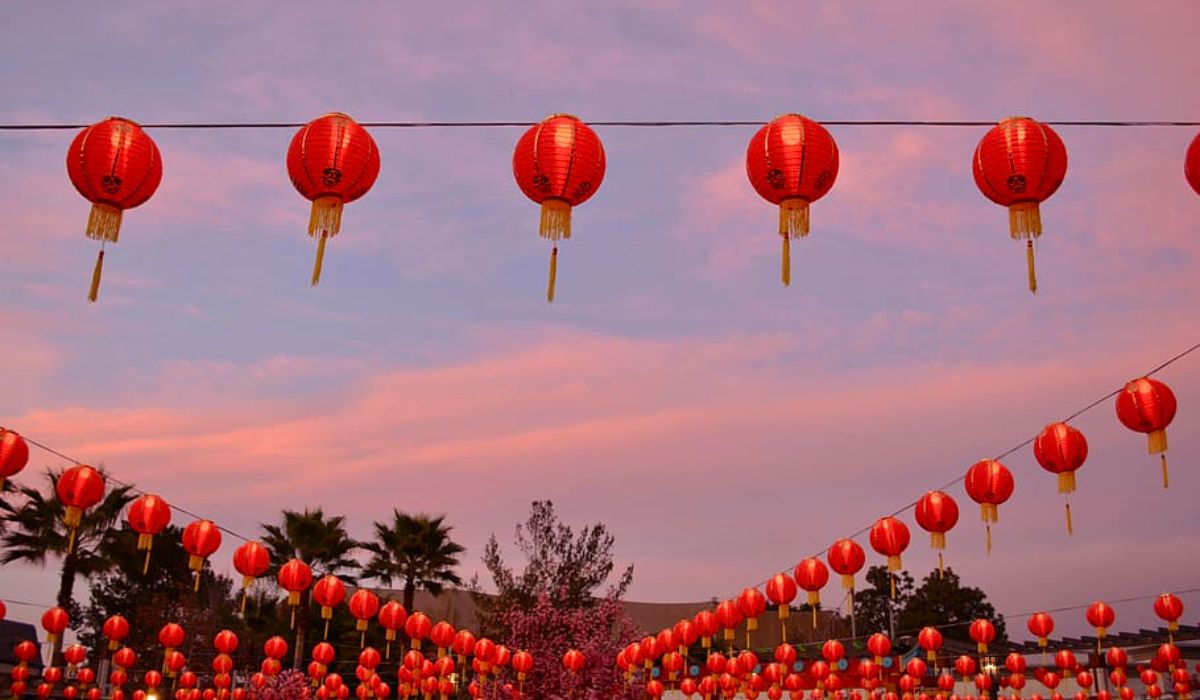
Beyond Boundaries and Borders
In essence of solidarity, Lunar New Year and Chinese New Year unite individuals, create a sense of community and share cultural roots.
For novices interested in these customs, it is important to recognize the richness of the widespread festivities.
Embracing the collective joy of new beginnings, we see these celebrations transcending borders, evolving into a universal joy of optimism and rejuvenation.
Who celebrates Lunar New Year?
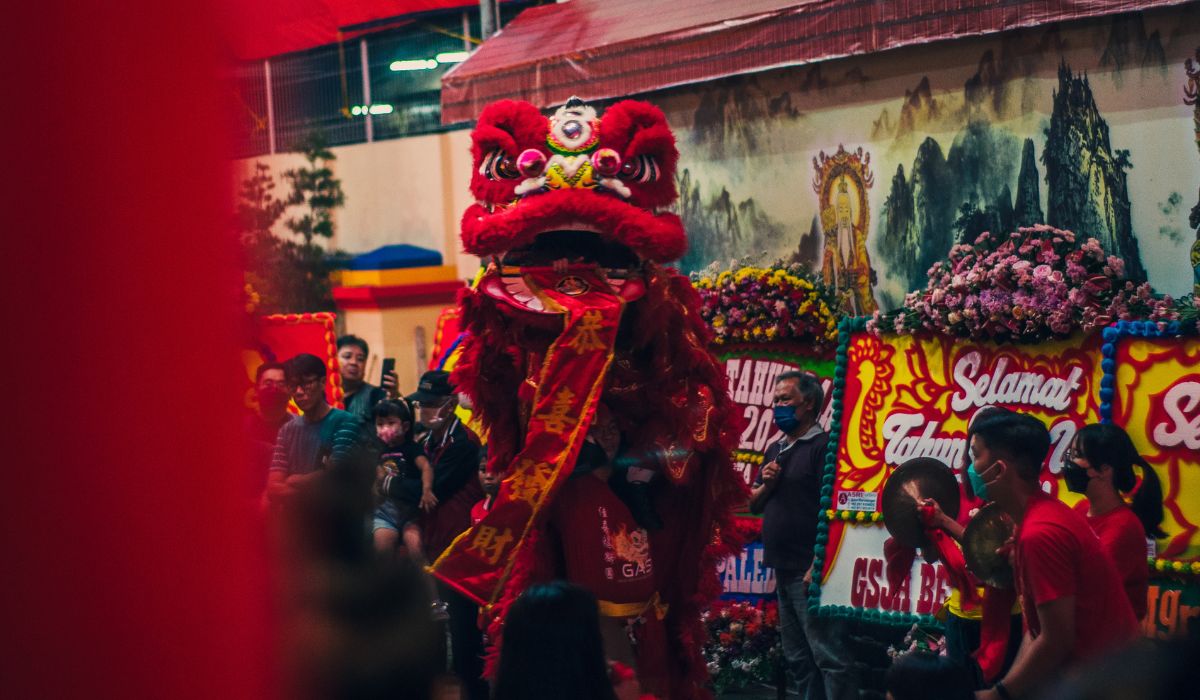
The Lunar New Year marks the vibrant beginning of spring and the beginning of a new year on the lunisolar calendar.
Revered as a paramount celebration in China, it resonates with joy in South Korea, Vietnam and areas with notable overseas Chinese communities.
This festive occasion is not just a local affair; It is a global celebration that connects cultures and unites communities.
Families come together to usher in the new lunar cycle with colorful traditions, lively parades, and delicious feasts.
In China, it is not just a holiday; It is a cultural cornerstone. From dragon dances to intricate decorations, the Lunar New Year encompasses a rich tapestry of traditions and symbolizes renewal and prosperity.
So, as we embrace the Lunar New Year, let’s enjoy the shared joy that transcends borders, connecting us in a series of diverse celebrations.
YOU MAY LIKE:
Conclusion
In conclusion, whether you find yourself immersed in the enchanting festivities of Lunar New Year or the vibrant celebrations of Chinese New Year, the key is to celebrate, learn, and embrace the rich cultural tapestry these traditions provide.
To the uninitiated, a journey into these ceremonies may seem like traveling into uncharted territory, but with each dragon dance and exchange of red envelopes, a deeper understanding emerges.
FAQ
1 What is the difference between Lunar New Year and Chinese New Year?
Lunar New Year is a broad term that includes New Year celebrations in various Asian cultures, including Chinese, Korean, and Vietnamese. Chinese New Year refers to celebrations specifically within Chinese culture.
2 When is Lunar New Year celebrated?
Lunar New Year is based on the lunar calendar and typically falls between January 21 and February 20. The date varies each year, making it different from the fixed January 1 New Year date of the Gregorian calendar.
3 Is Chinese New Year the same as Spring Festival?
Yes, Chinese New Year is often known as the Spring Festival. It marks the end of winter and the beginning of spring in the traditional Chinese agricultural calendar.
4 How do different cultures celebrate the Lunar New Year?
Although there are similarities such as family gatherings and feasts, specific customs and traditions differ. For example, Chinese celebrations may include dragon and lion dances, while Koreans celebrate with seolal, which includes activities such as bowing to ancestors.
